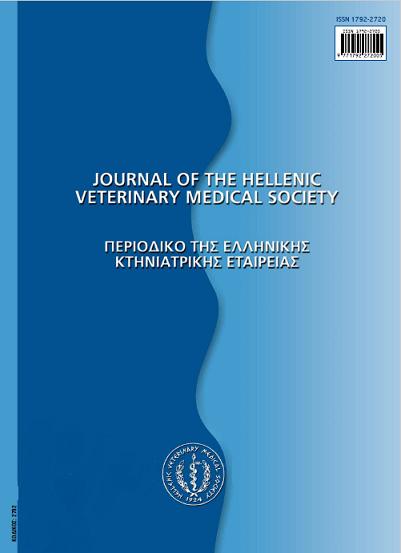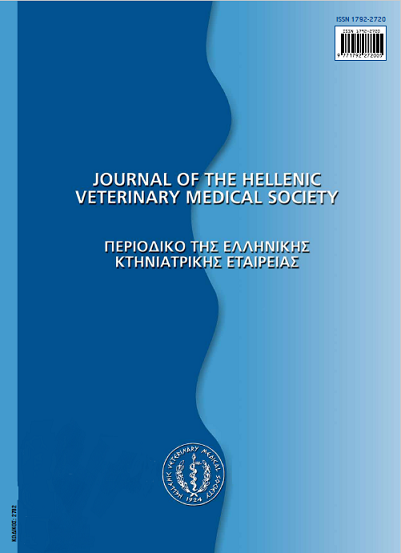Oregano, thyme and sage, as natural additives to foods
Résumé
Herbs have been used as natural additives against chemical additives during the last few years, since the latter have been accused that can endanger consumers life. Oregano (Origanum vulgare ssp hirtum), thyme (Thymus vulgaris) and sage (Salvia officinalis) are three herbs that are found in Greece and their use as natural additives to foods have been investigated in recent years all over the world. Herbs are rich in phenols, which are principally characterized by a notable antimicrobial and antioxidative activity. The two main phenols of Oregano and thyme are carvacrol and thymol, which are in higher amounts than other compounds. The main phenolic compounds of sage are thusone and rosmanol. Other compounds found in lower amounts, like n-cymene (in Oregano and thyme) or a-terpineol (in sage) contribute in the antimicrobial and antioxidative activity of these herbs. Oregano, thyme and sage present an important antimicrobial activity against several pathogens of foods, such as Staphylococcus aureus, E. coli, E. coli 0157:H7, Salmonella typhimurium, Yersinia enterocolitica, Campylobacter jejuni or Listeria monocytogenes. The present herbs present also an important antifungal activity against fungi that can grow in foods like Aspergillus spp. or Candida spp., which can endanger consumers life. The antimicrobial and antioxidative activity of these herbs was verified either in vitro experiments or in foods. The dietary supplementation of Oregano and thyme essential oil to chicken and turkeys resulted in the oxidative stability of their meat during refrigerated and frozen storage.
Article Details
- Comment citer
-
SOLOMAKOS (Ν. ΣΟΛΩΜΑΚΟΣ) N., & GOVARIS (Α. ΓΚΟΒΑΡΗΣ) A. (2017). Oregano, thyme and sage, as natural additives to foods. Journal of the Hellenic Veterinary Medical Society, 55(1), 75–81. https://doi.org/10.12681/jhvms.15156
- Numéro
- Vol. 55 No 1 (2004)
- Rubrique
- Review Articles
Authors who publish with this journal agree to the following terms:
· Authors retain copyright and grant the journal right of first publication with the work simultaneously licensed under a Creative Commons Attribution Non-Commercial License that allows others to share the work with an acknowledgement of the work's authorship and initial publication in this journal.
· Authors are able to enter into separate, additional contractual arrangements for the non-exclusive distribution of the journal's published version of the work (e.g. post it to an institutional repository or publish it in a book), with an acknowledgement of its initial publication in this journal.
· Authors are permitted and encouraged to post their work online (preferably in institutional repositories or on their website) prior to and during the submission process, as it can lead to productive exchanges, as well as earlier and greater citation of published work.










